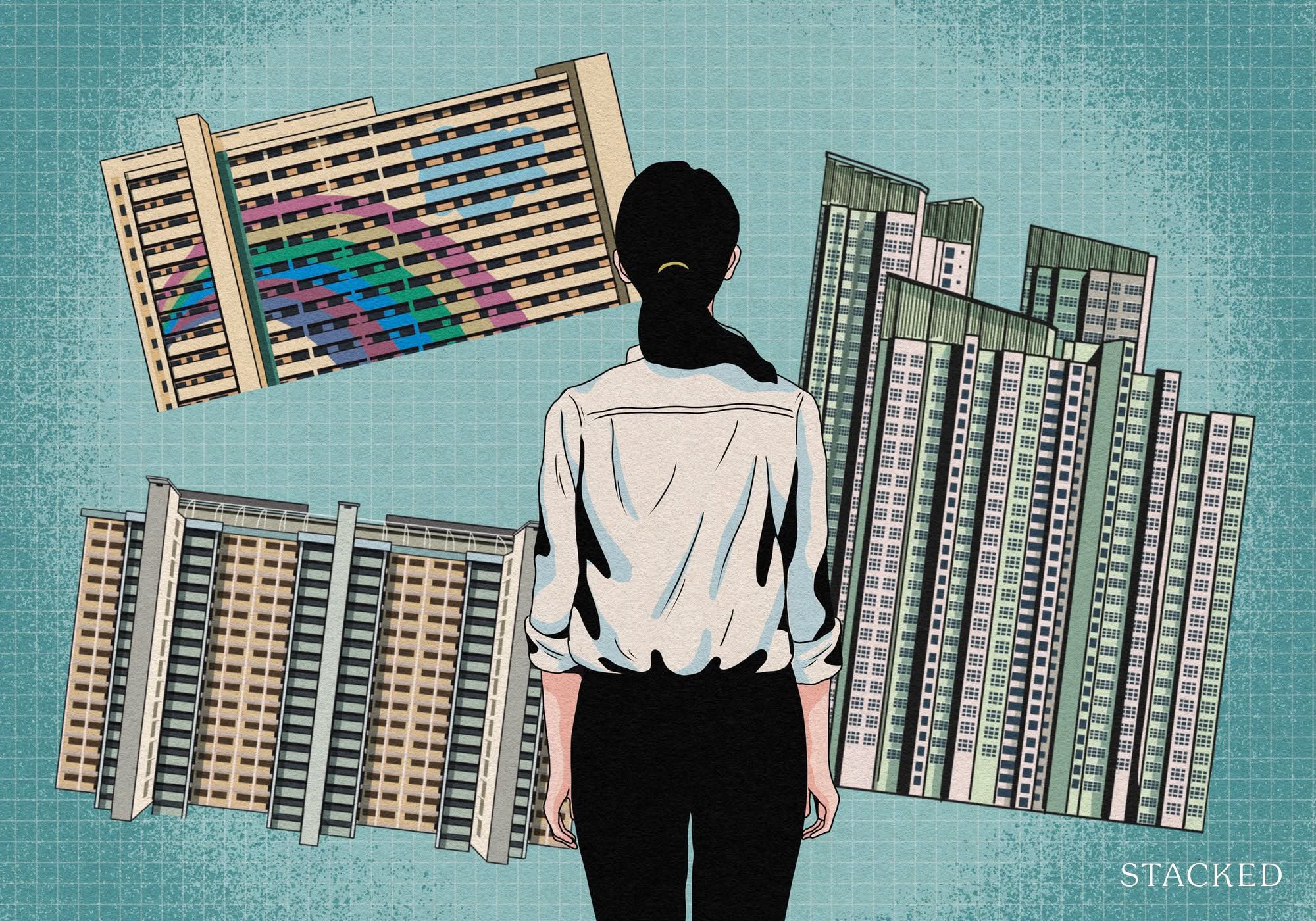Moving In With Your In-Laws? 5 Commonly Overlooked Things To Check To Avoid Regrets
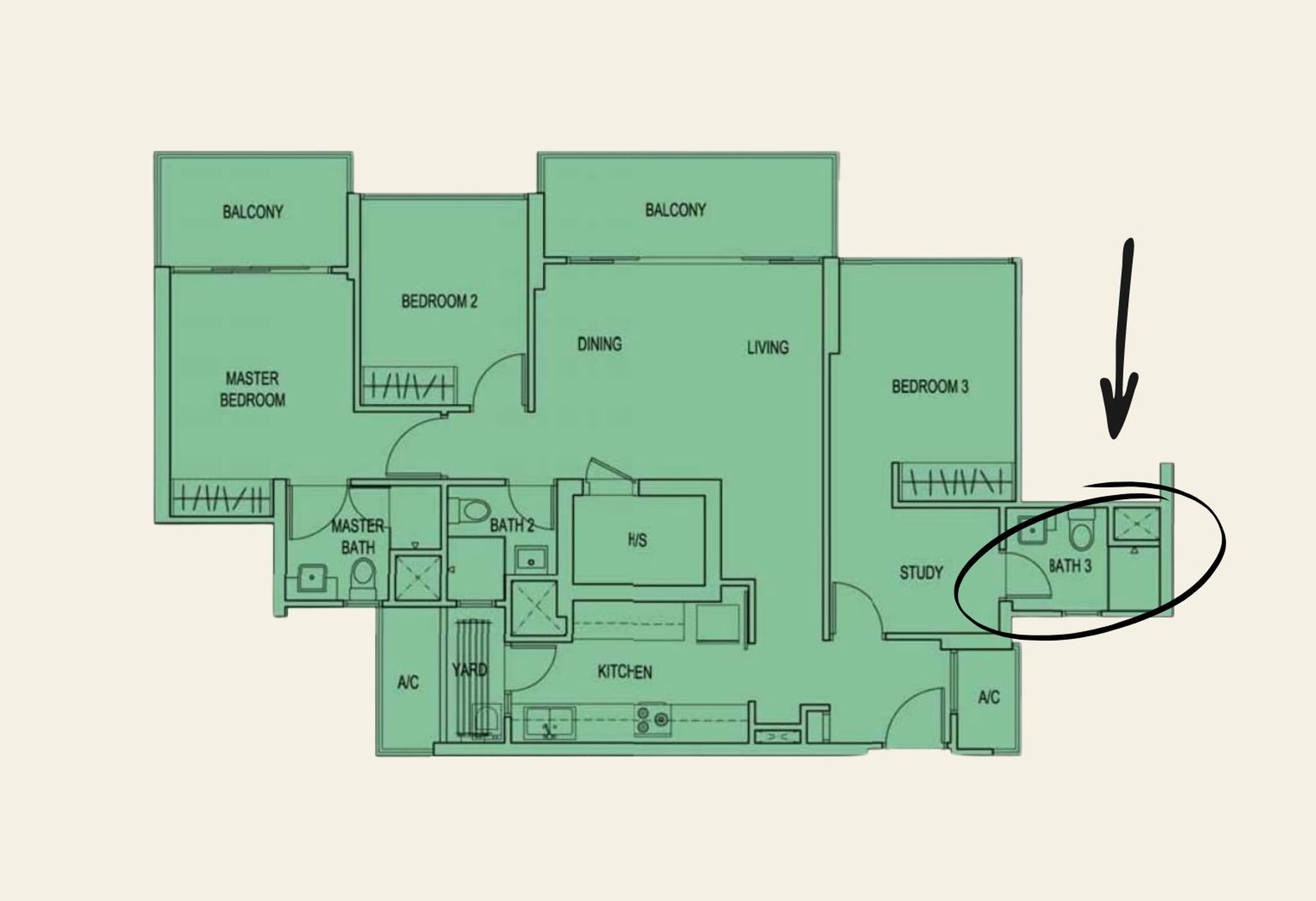
Get The Property Insights Serious Buyers Read First: Join 50,000+ readers who rely on our weekly breakdowns of Singapore’s property market.
A seasoned content strategist with over 17 years in the real estate and financial journalism sectors, Ryan has built a reputation for transforming complex industry jargon into accessible knowledge. With a track record of writing and editing for leading financial platforms and publications, Ryan's expertise has been recognised across various media outlets. His role as a former content editor for 99.co and a co-host for CNA 938's Open House programme underscores his commitment to providing valuable insights into the property market.
With home prices being so high in Singapore, it’s not uncommon for some of us to move in with our in-laws. But here’s the tricky part: once the move is made (especially if the in-laws pay for part of the shared home), there’s no easy way to undo mistakes; it’s not as if any party can easily move out, be told to do so. As such, it’s important not to underestimate the impact of even small details, as tiny discomforts can be magnified over the years. Here are the things which you may have overlooked:
1. For duplex units, it’s best to have bedrooms on both floors
Watch out for double-storey units, where the bedrooms are only on the upper floor; this is especially common with many HDB maisonettes. You want bedrooms on both floors for two reasons:
First, it helps to provide some privacy for both parties. Don’t underestimate how much comfort this provides: some older folks want to keep to themselves when younger family members have parties, when their children bring their friends over, etc.
Second, as your in-laws get older, it becomes more difficult for them to go up and down the stairs. So unless you have a lift (or are prepared to install a chair lift), this becomes an issue for ageing-in-place.
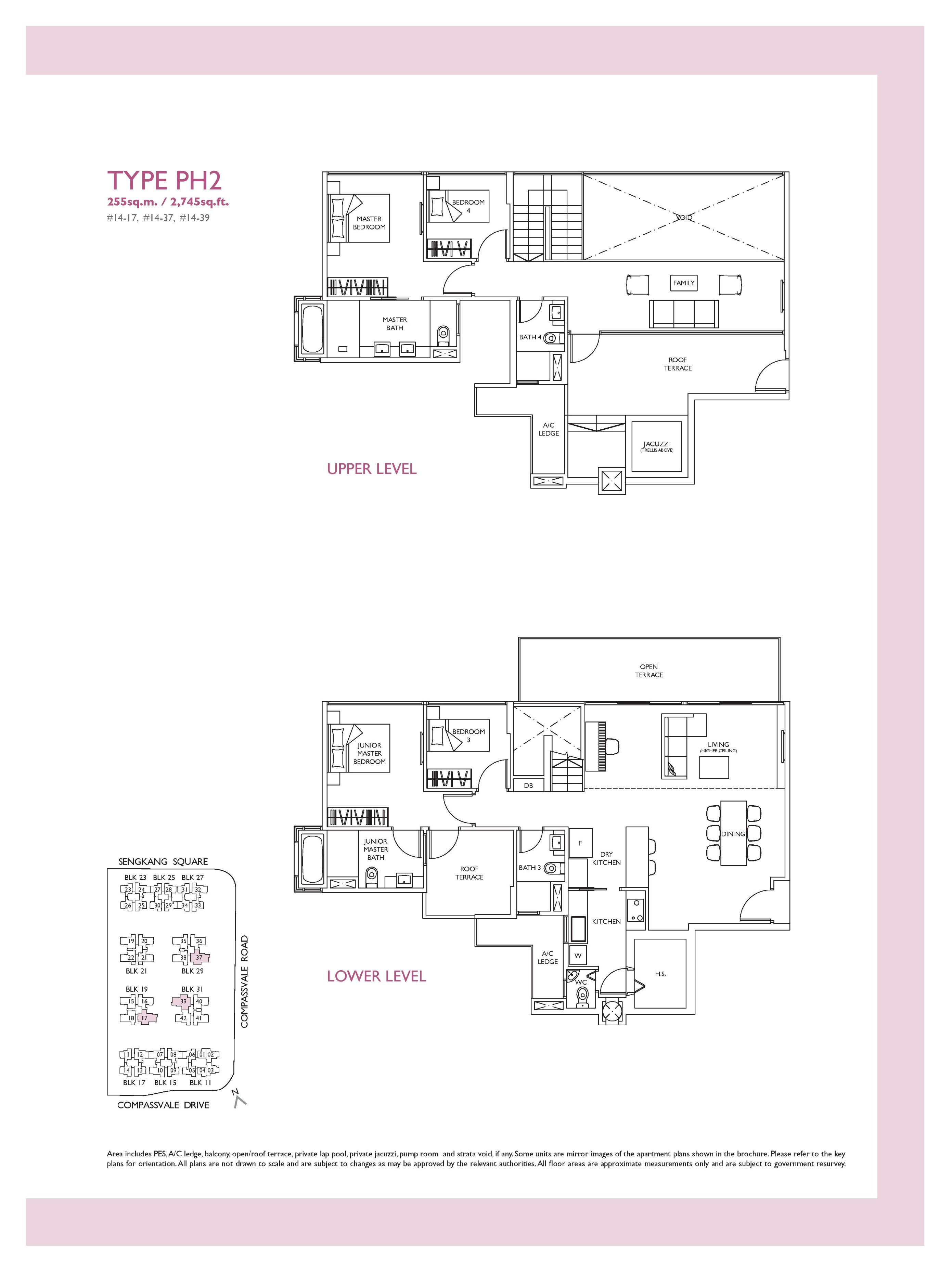
Another reason to have bedrooms on both floors is sound: if you both have different sleeping habits (e.g., one of you watches movies into the early morning, and the other turns in early), then being on different floors prevents either party from disturbing the other.
A life lesson from Covid and other illnesses:
From some of the homeowners who live with in-laws, we learned that having separate bedrooms and recreation areas on both floors (if you’re lucky enough to afford it) was a huge boon during Covid. It’s also been useful for other episodes involving illness.
One family noted that their vulnerable in-laws could be better separated from them when they had Covid, as they could isolate themselves in the upstairs space. This is just as useful for any other contagious illness, and someone has to be kept away from the elderly or children.
Another family, who had an elderly person on a ventilator, noted their in-law could get quiet and rest throughout the day, while the family practised music, played video games, etc. downstairs.
2. Attached bathrooms, or just having more bathrooms, becomes more important
This is one reason for certain DBSS flats, such as Belvia, have a niche that can’t be found elsewhere: they have three toilets, as opposed to the usual limit of two for HDB flats.
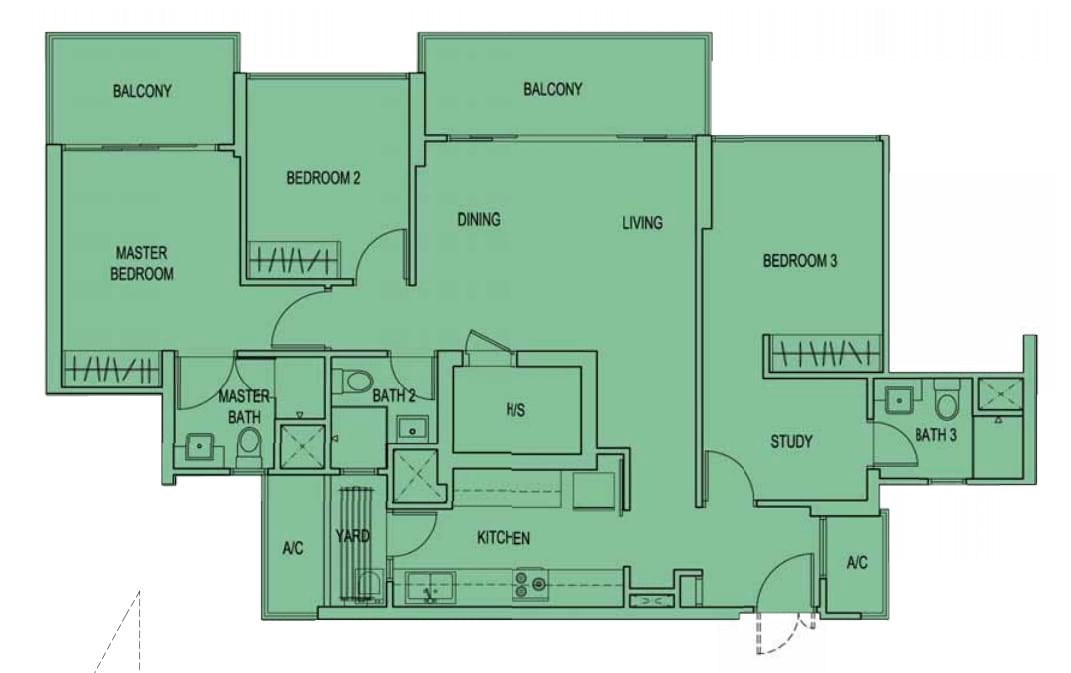
On a related note, we should also point out that some older resale condos (those from the ‘80s or early ’90s) may only have one or two bathrooms, despite a higher square footage; this is because, in the ‘80s, even a 1,000 sq. ft. unit may have been designed as a two-bedder. So look out for this if you’re buying an older project.
Multiple toilets or bathrooms can be a huge convenience for larger families: there’s no ending up late for work, for example, because the in-laws and the children and your spouse are all fighting for the bathroom at the same time in the morning (the same goes for children rushing to school). Also keep in mind that, as your in-laws get older, they can’t be expected to move as quickly in the bathroom.
Most people also like having their own set-up, such as their toiletries (shampoo, soap, etc.) in the bathroom they frequent most often. It’s a small detail, but it’s one of the things that matters when you’re intending to live there for over a decade or more.
3. Make sure the kitchen habits of both parties are catered to
Dual-key units do the best job of this, as they tend to have two separate kitchens – or for smaller units, perhaps a kitchen and a small pantry.
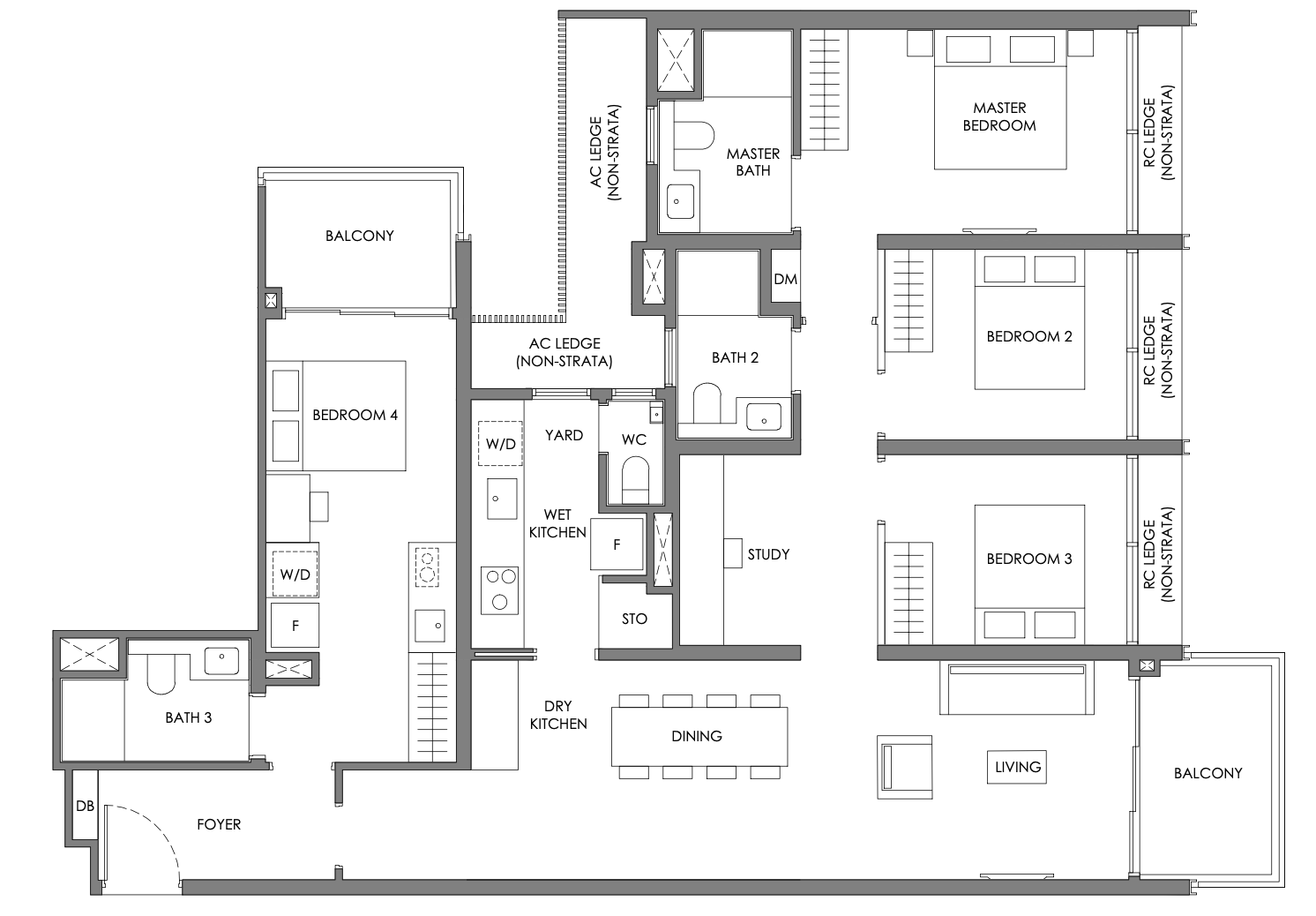
Serious home cooks tend to need a lot more storage space, and are more specific about their set-up; so if both the in-laws and you are crammed into the same kitchen space, there could be a bit of frustration. This is when details such as having two large sinks, or cabinetry along both kitchen walls, become significant.
The nature of the cooking matters as well. If your in-laws do a lot of heavy home cooking, you may need to enclose the kitchen eventually; unless you want issues like a film of oil getting on surrounding room floors (anyone who cooks with a wok knows how easily this can happen, in an open-concept kitchen).
Also, note that some traditionalists don’t like using dryers, so they may be uncomfortable without a service yard to sun-dry the clothes.
If you can’t get separate kitchen spaces, we’d look for one with a service yard, and which can be easily enclosed by the Interior Designer. Unfortunately, because open-concept kitchens are the norm these days (even for HDB flats since 2018), you may find this lacking in more recent floor plans for more compact units.
As an aside, you may want to check if there’s space for a second fridge. If one party cooks and the other doesn’t, it’s a good idea to avoid mixing their raw foods with your cooked foods.
4. You may need extended dining spaces
Are you okay with some family members eating in the kitchen while others eat in the living room? Or do you insist on having everyone sit down at the same table? In the case of the latter, ensure your living room can accommodate a larger dining table (which could mean giving up some of the living room).
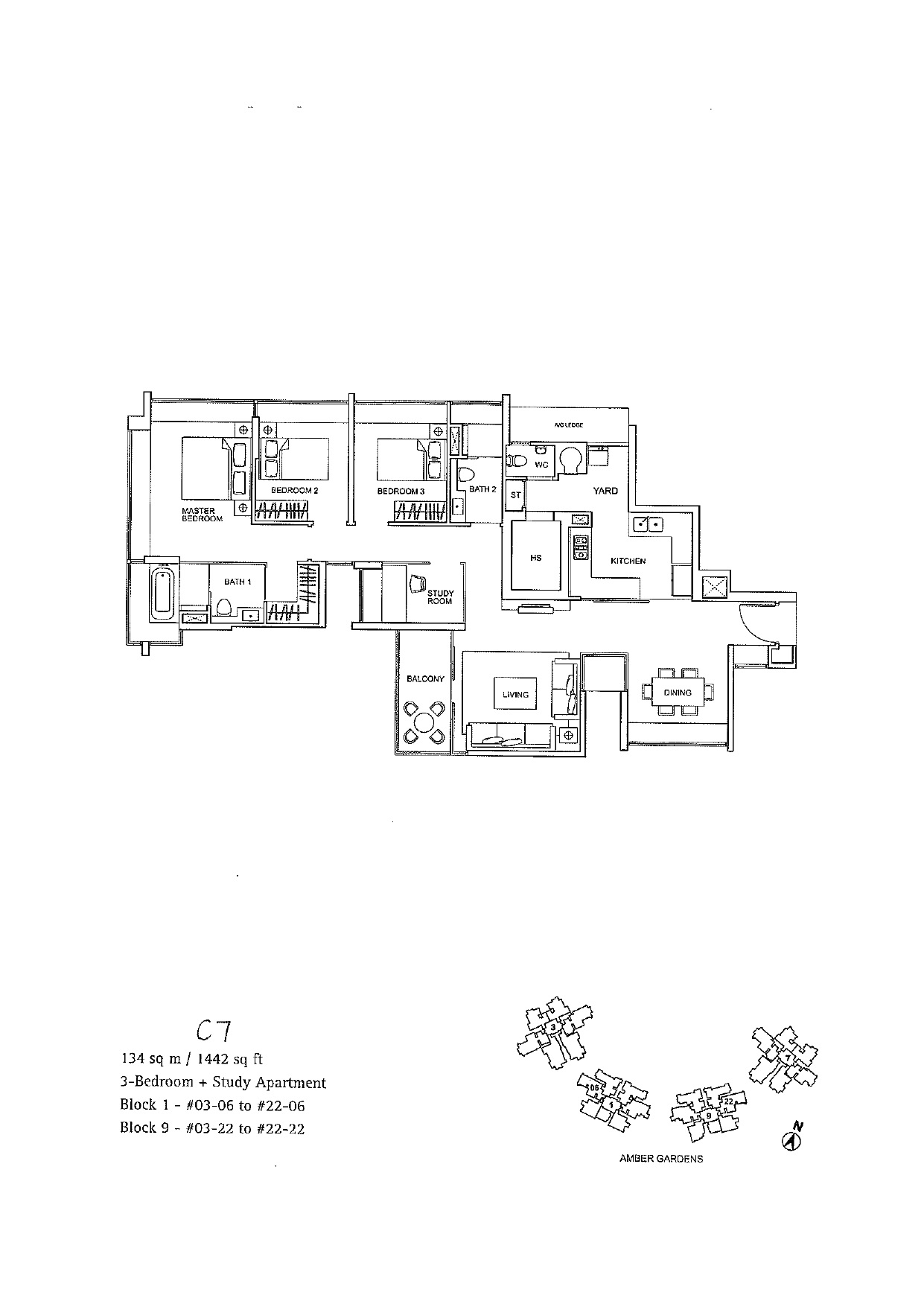
You can also go for flexible furniture, like tables that can expand – this can accommodate everyone during meals, and then shrink back down to save space later. Some homeowners favour layouts with large patios or balcony spaces, which can provide a choice of ambience for family dining. If you like these, you’ll find they’re quite common among the old-school “terrace” style condos, where the living space spills into a large balcony.
5. Room dividers don’t have to be walls
Privacy is the main concern when living with the in-laws, and the Japanese solved this issue centuries ago with their sliding doors. You can do the same. Maybe not literal rice-paper doors, but designers can help to install frosted glass sliding doors or similar room dividers, that provide privacy without needing added walls/partitions. Some of these doors have materials with sound-insulating properties as well.
Open shelving units can also be used to divide rooms, whilst doubling as storage or display units; as can low shelves or half-walls. While these don’t close off an area altogether, they still help to maintain some sense of privacy. The key is to ensure everyone has personal space as and when they need it.
The most important consideration of all: try not to pool your money if you can avoid it
In our experience, the most common reason some elderly folk find themselves without a roof is being unable to live with their children. The same sad story is all too common: they sold their own flat and gave their children the money to buy a bigger place that they’d all share.
Later, when they’re unable to co-exist, they’re kicked out or leave but are left without the means to buy a replacement home.
Conversely, we’ve heard horror stories of families pushed to the breaking point because their in-laws are intolerable – but they can’t kick out their in-laws, as the elderly folks would be left homeless.
As far as possible, try not to pool your money for a home, just in case it doesn’t work out. If you must do it, then at least have contingency plans if you need to move out and find your own place later.
For more on homeowner experiences, and common home living issues, follow us on Stacked. If you’d like to get in touch for a more in-depth consultation, you can do so here.
Have a real estate question, or not sure what your options are? Email us at stories@stackedhomes.com.
Ryan J. Ong
A seasoned content strategist with over 17 years in the real estate and financial journalism sectors, Ryan has built a reputation for transforming complex industry jargon into accessible knowledge. With a track record of writing and editing for leading financial platforms and publications, Ryan's expertise has been recognised across various media outlets. His role as a former content editor for 99.co and a co-host for CNA 938's Open House programme underscores his commitment to providing valuable insights into the property market.Read next from Property Advice

Property Advice We Own A $800K 1-Bedder And A $1.1M 3-Bedder: Is It Possible To Upgrade To A 4-Bedder Condo?
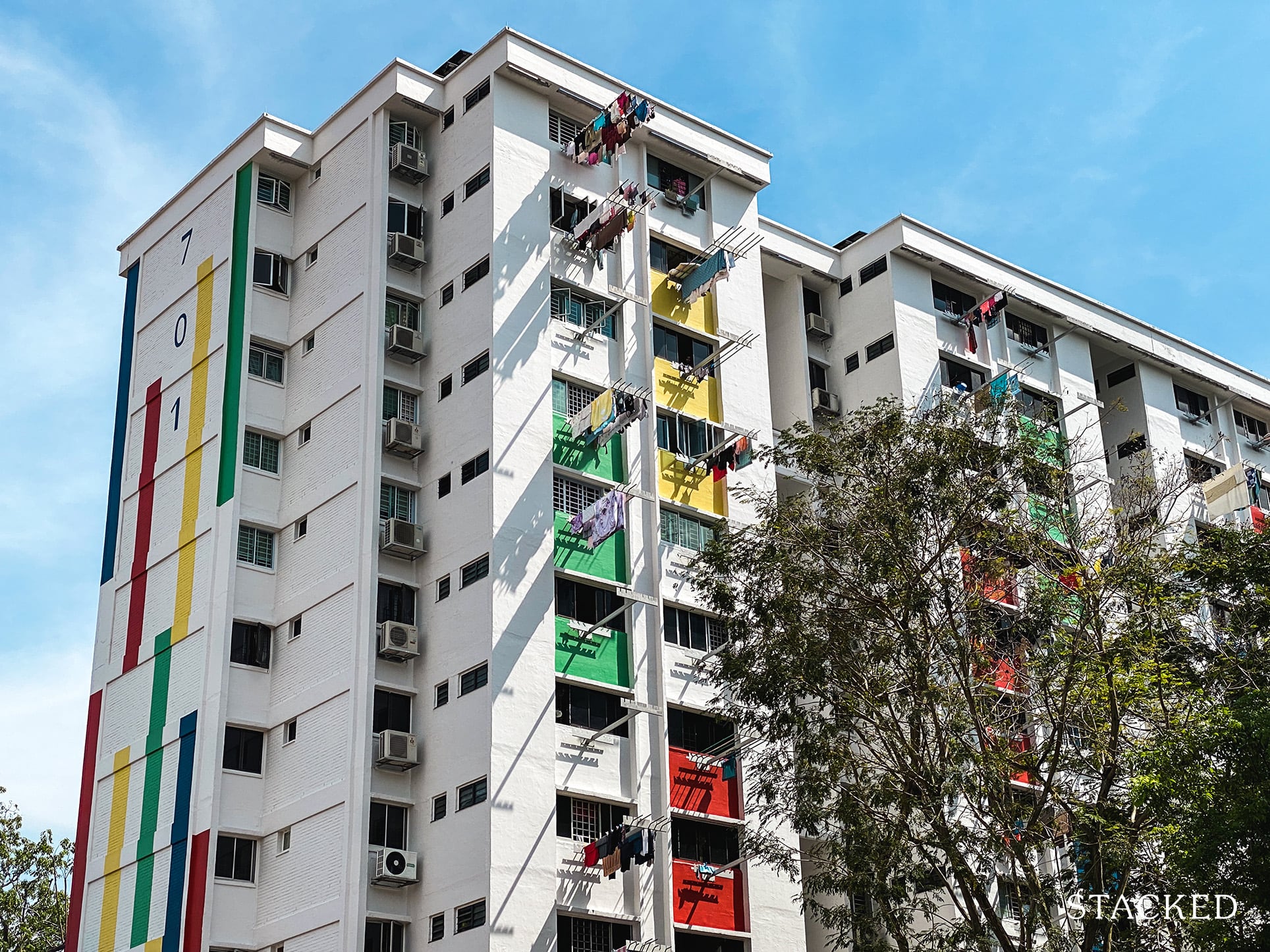
Property Advice I Own A 55-Year-Old HDB Flat, But May Have To Sell — Can I Realistically Buy A Freehold Condo With $700K?
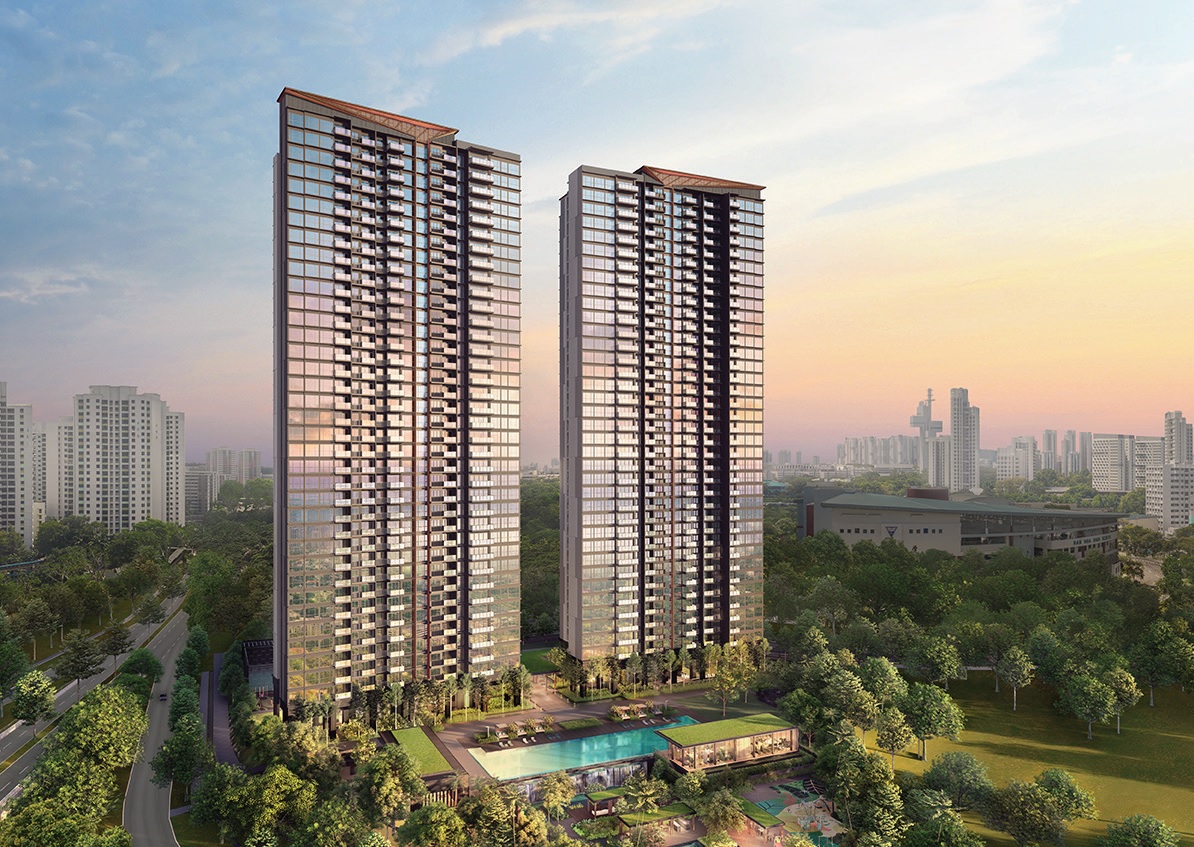
Property Advice We Own A 2-Bedder Condo In Clementi: Should We Decouple To Buy A Resale 3 Bedder Or Sell?

Property Advice Most New Condo Buyers in Singapore Forget to Check This Before Buying (Until It’s Too Late)
Latest Posts
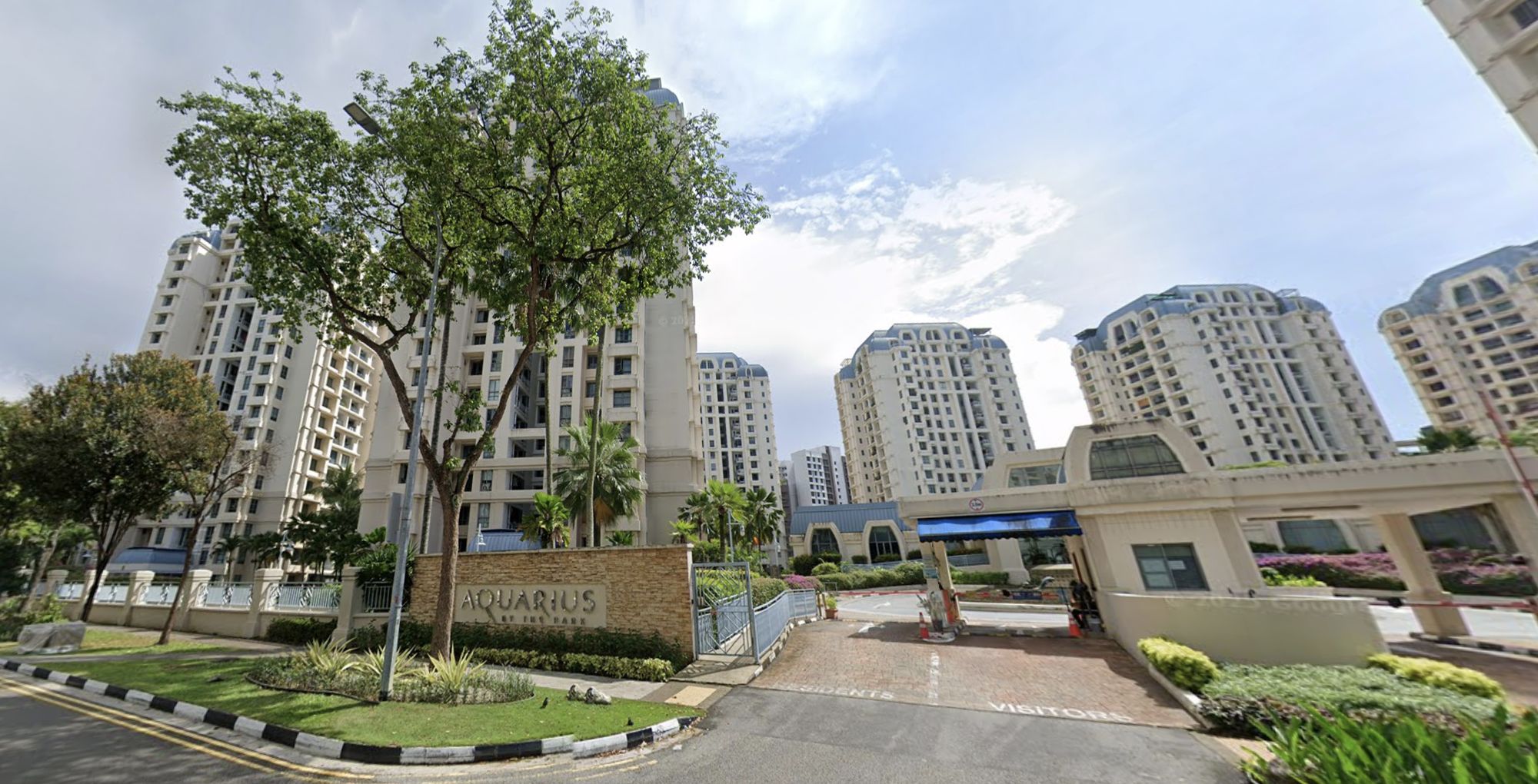
Pro How A Once “Ulu” Condo Launched In 1997 Became A Top Performer
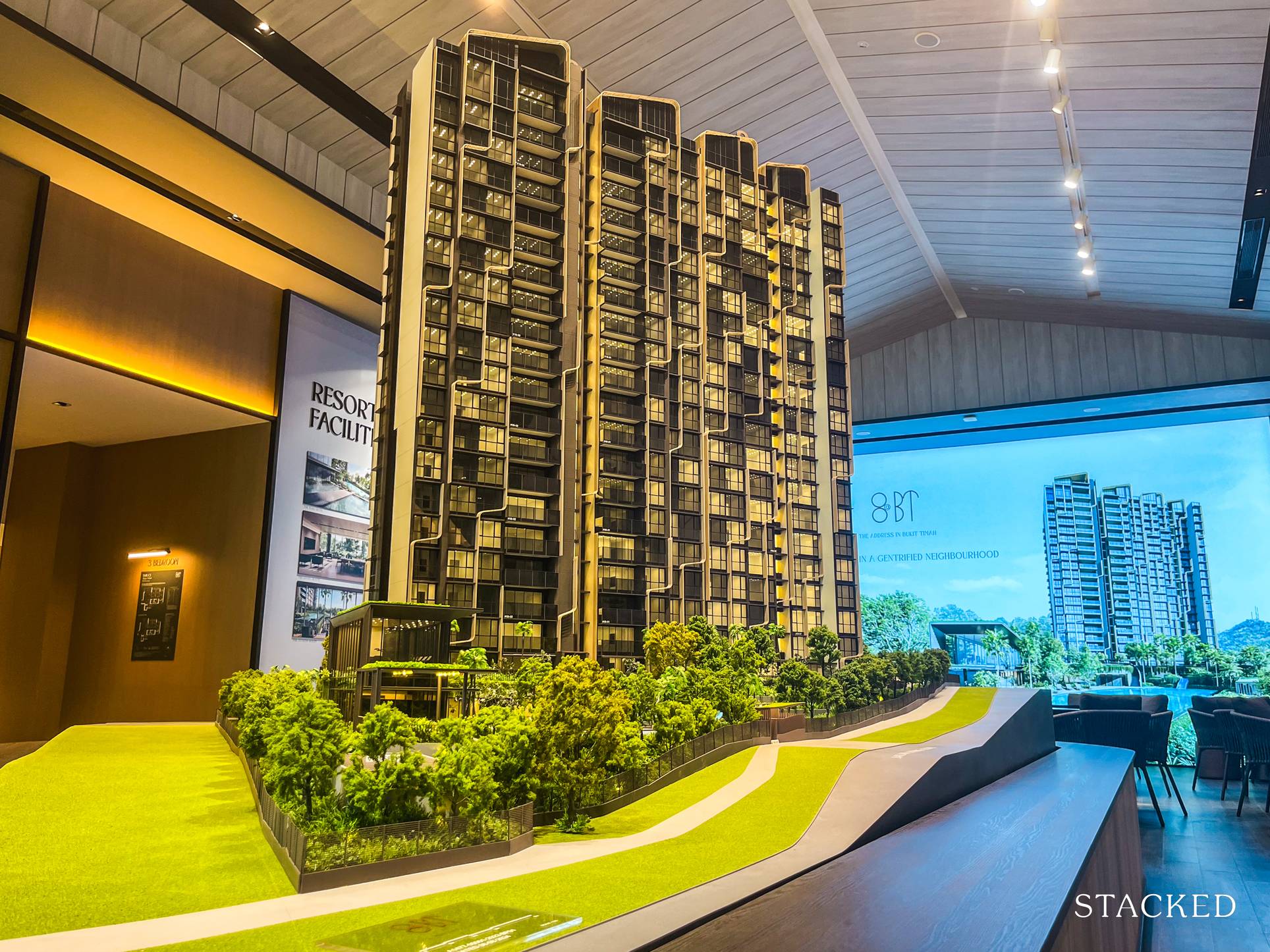
New Launch Condo Analysis I Reviewed A New Launch 4-Bedroom Penthouse At Beauty World
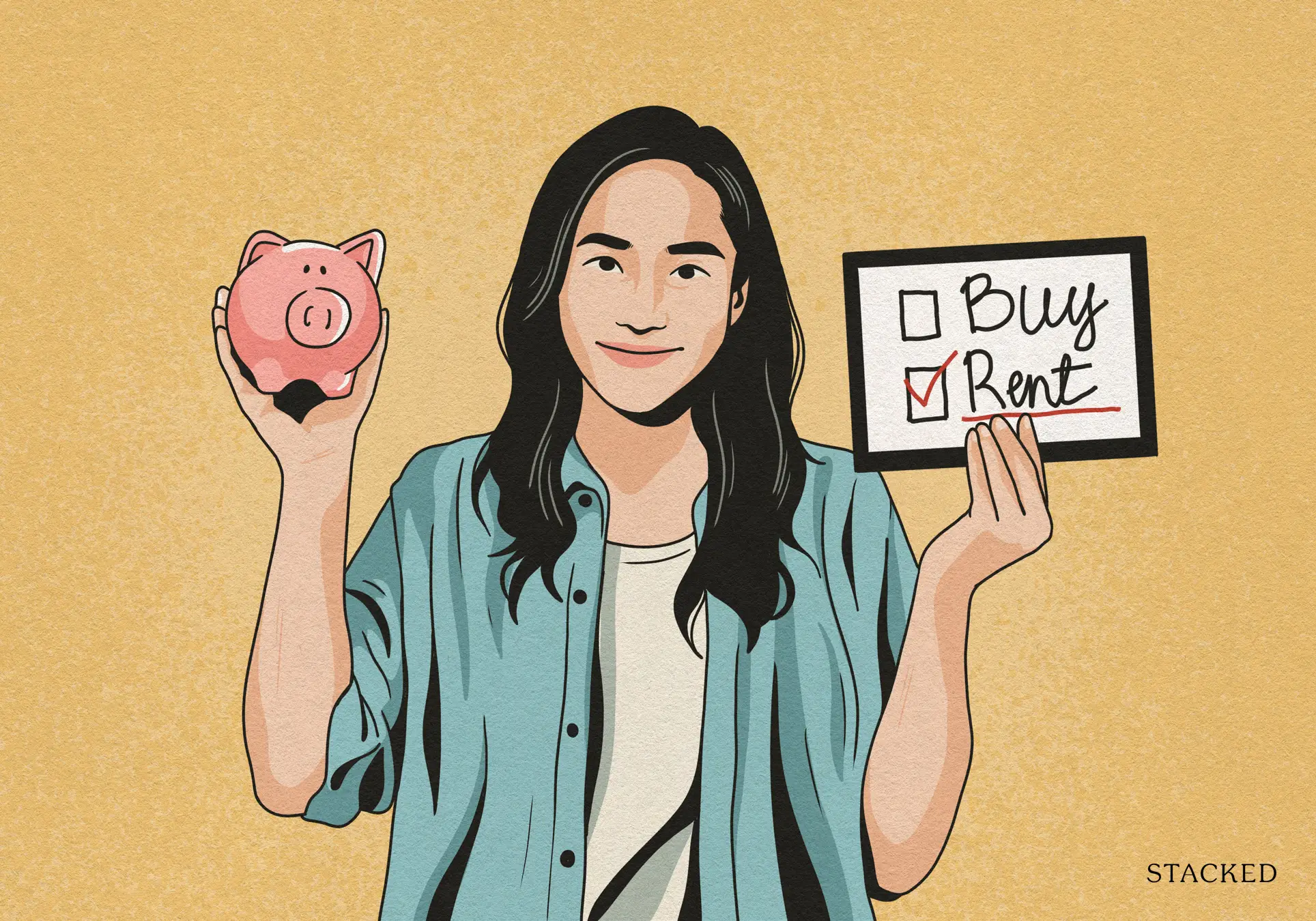
Property Market Commentary When Renting In Singapore Is The Smarter Move — And Buying Can Wait
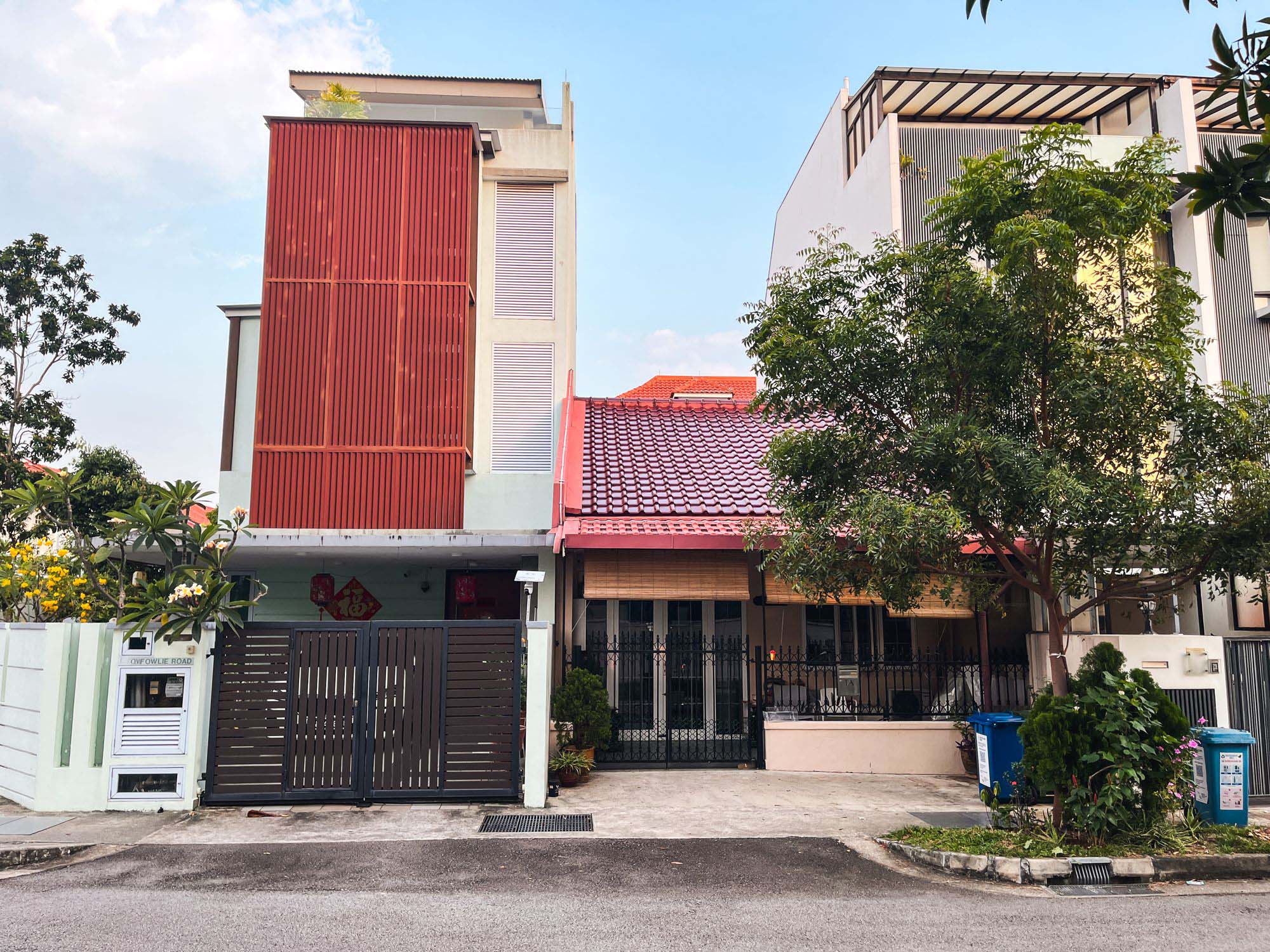
Landed Home Tours Why Singaporean Families Are Looking At This Landed Enclave From Around $4M
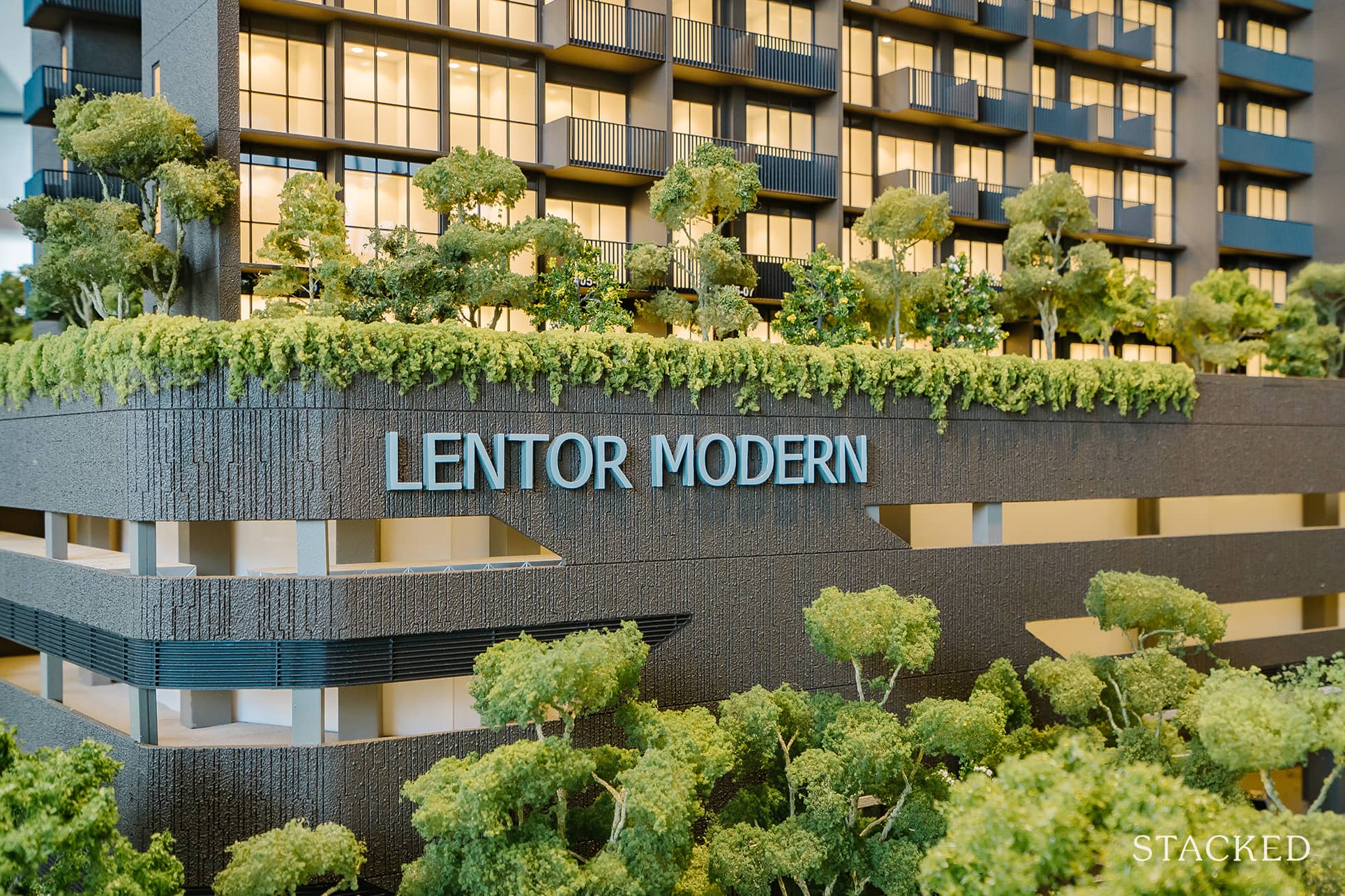
Singapore Property News Lentor’s First Condo Is Complete — The Early Profits May Surprise You
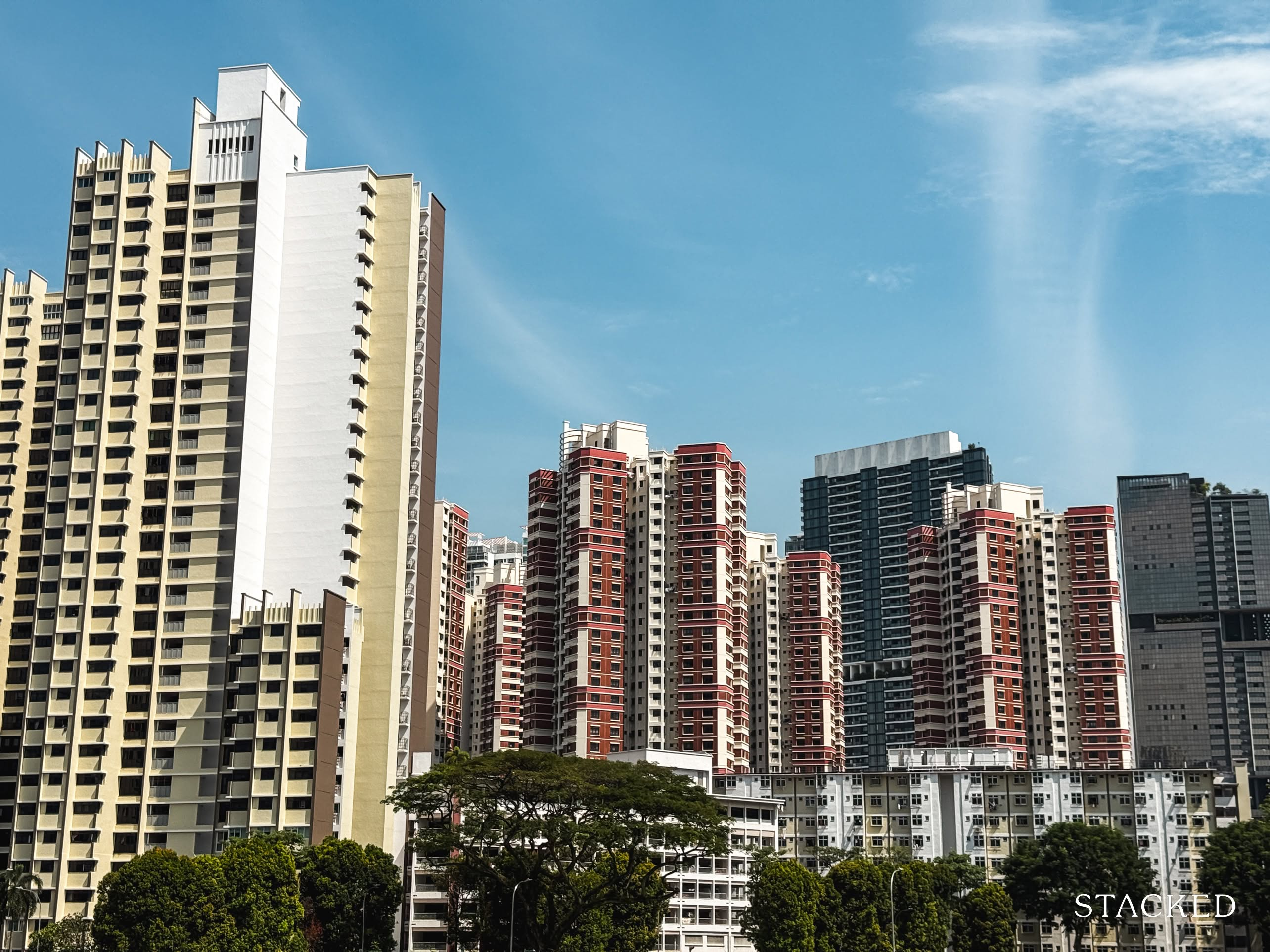
Property Market Commentary A Wave Of New HDB Resale Supply Is Coming In 2026: Here’s Where To Find Them
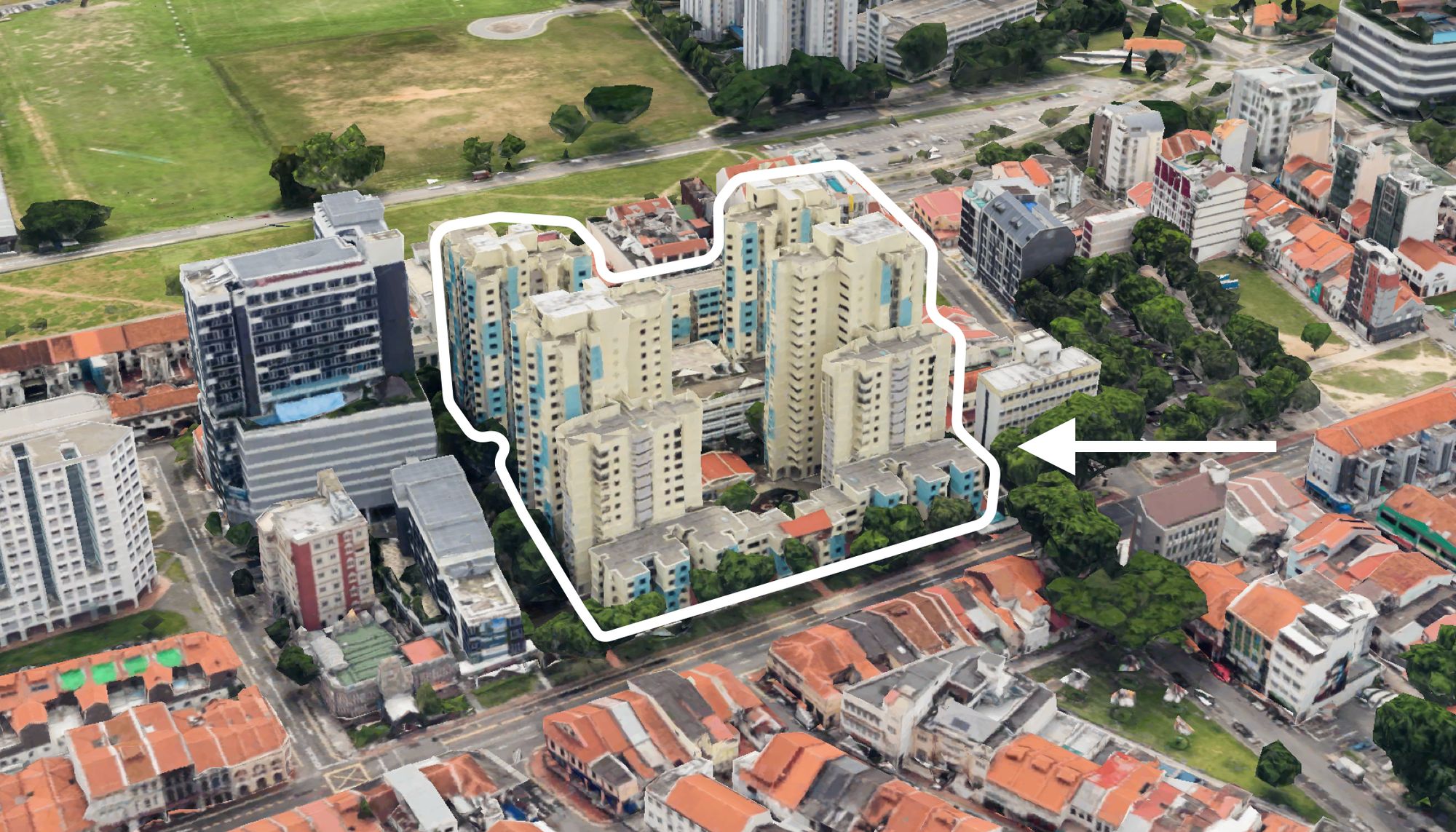
On The Market These Are Some Of The Cheapest 5-Room HDB Flats Left In Central Singapore
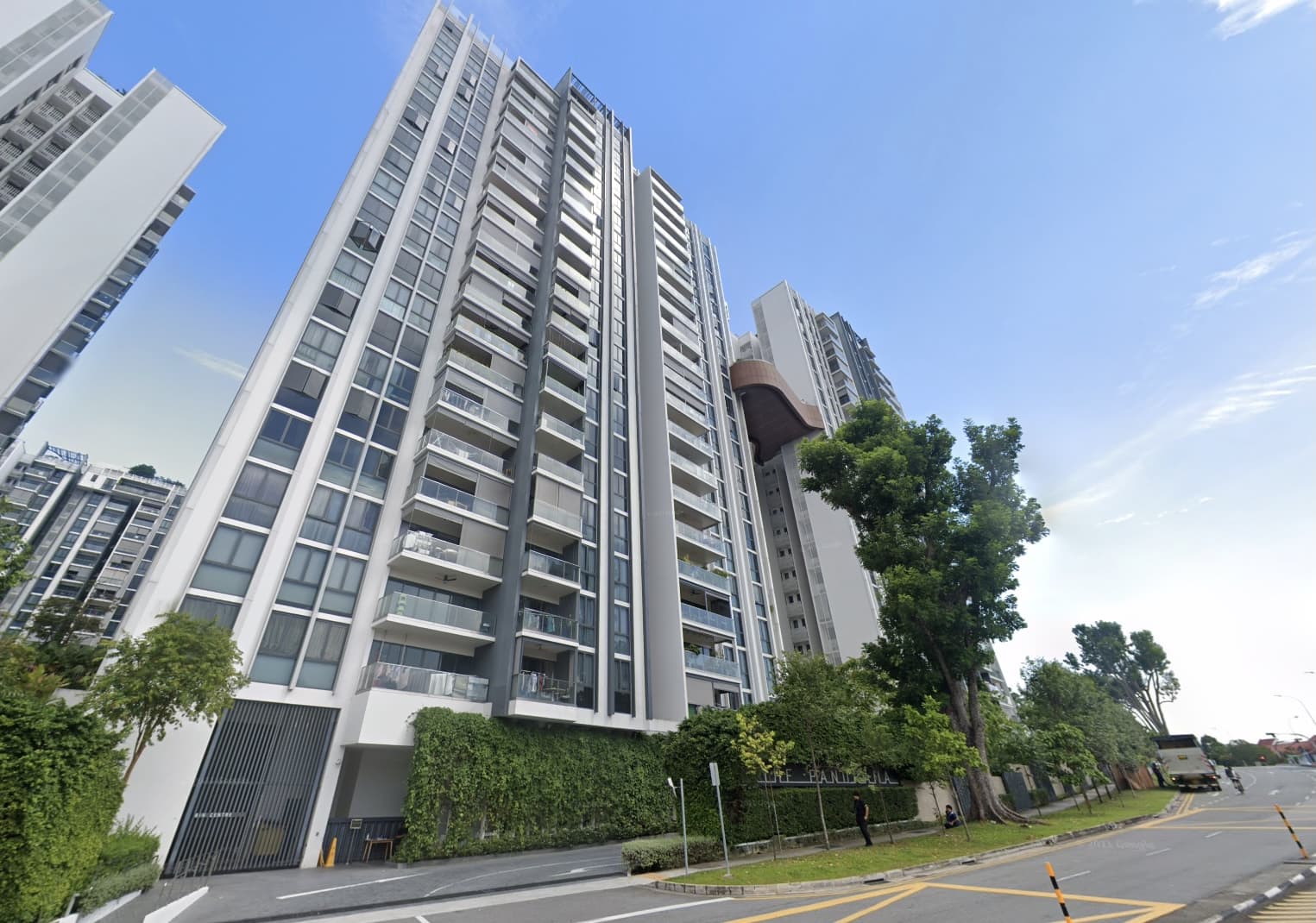
Pro This 698-Unit Ang Mo Kio Condo Launched At The Wrong Time — And Still Outperformed Peers

Singapore Property News $281.2M in Singapore Shophouse Deals in 2H2025 — But That Number Doesn’t Tell the Full Story
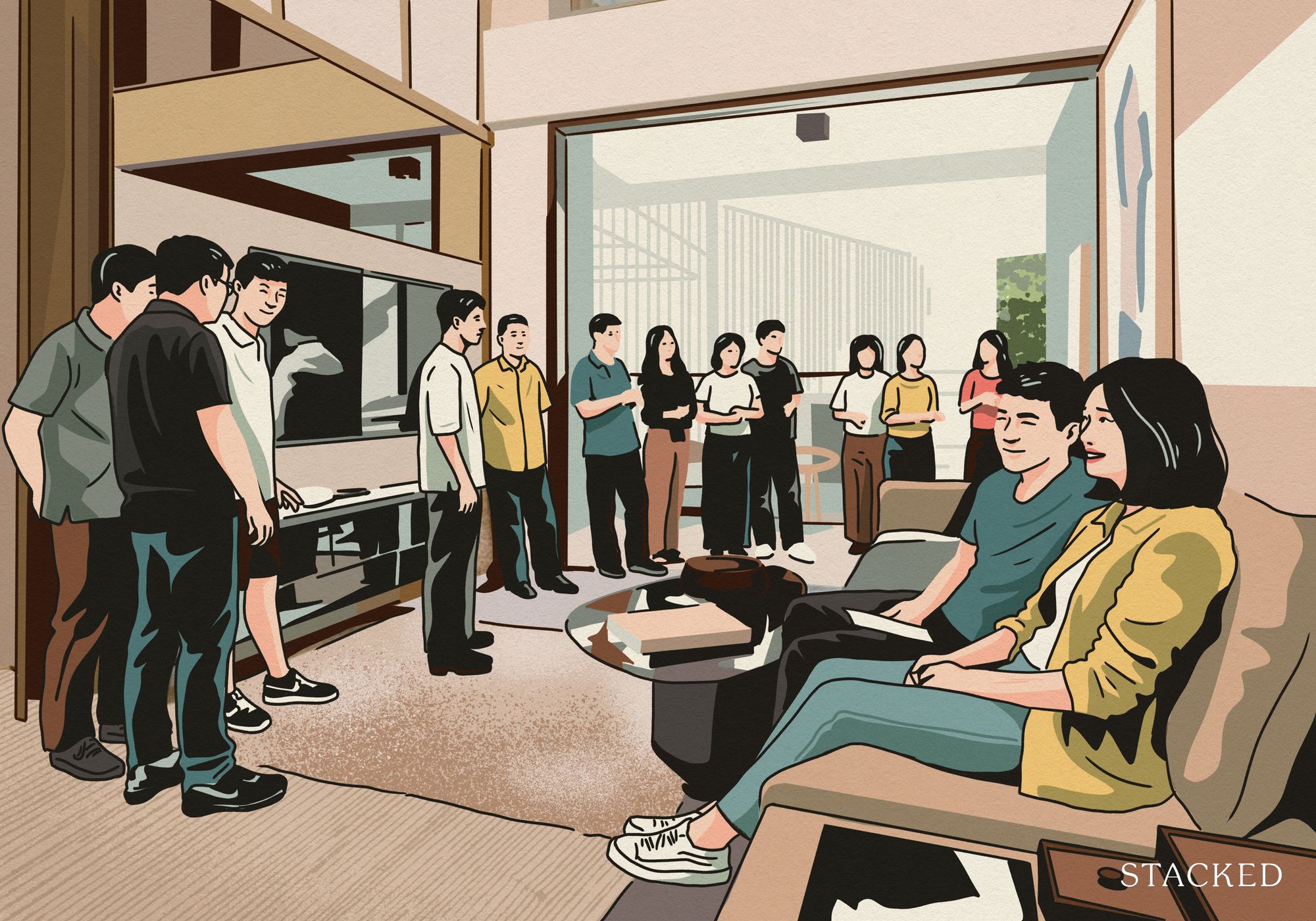
Property Market Commentary 5 Key Features Buyers Should Expect in 2026 New Launch Condos
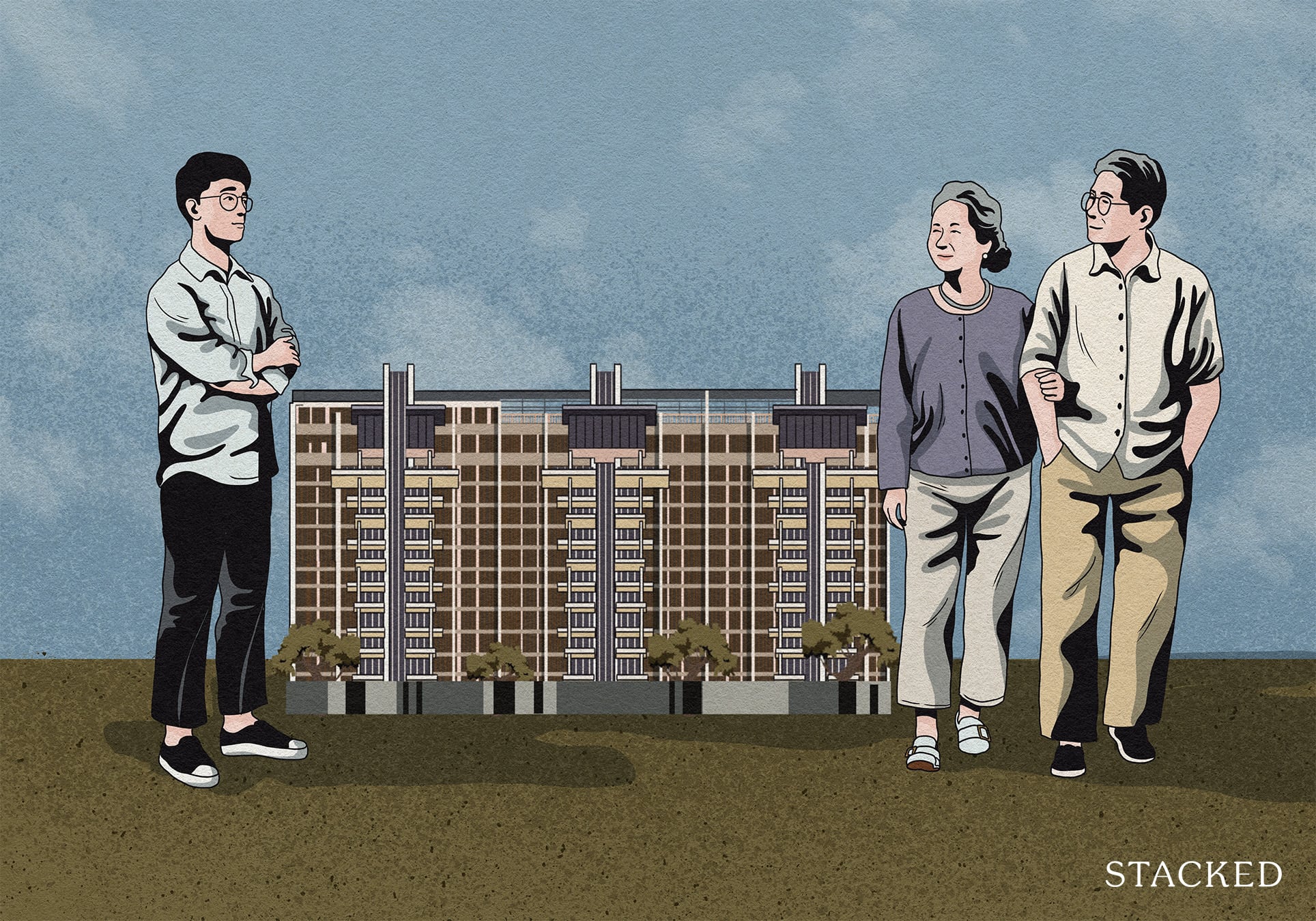
Editor's Pick What “Lucky” Singaporean Homebuyers Used To Get Away With — That You Can’t Today
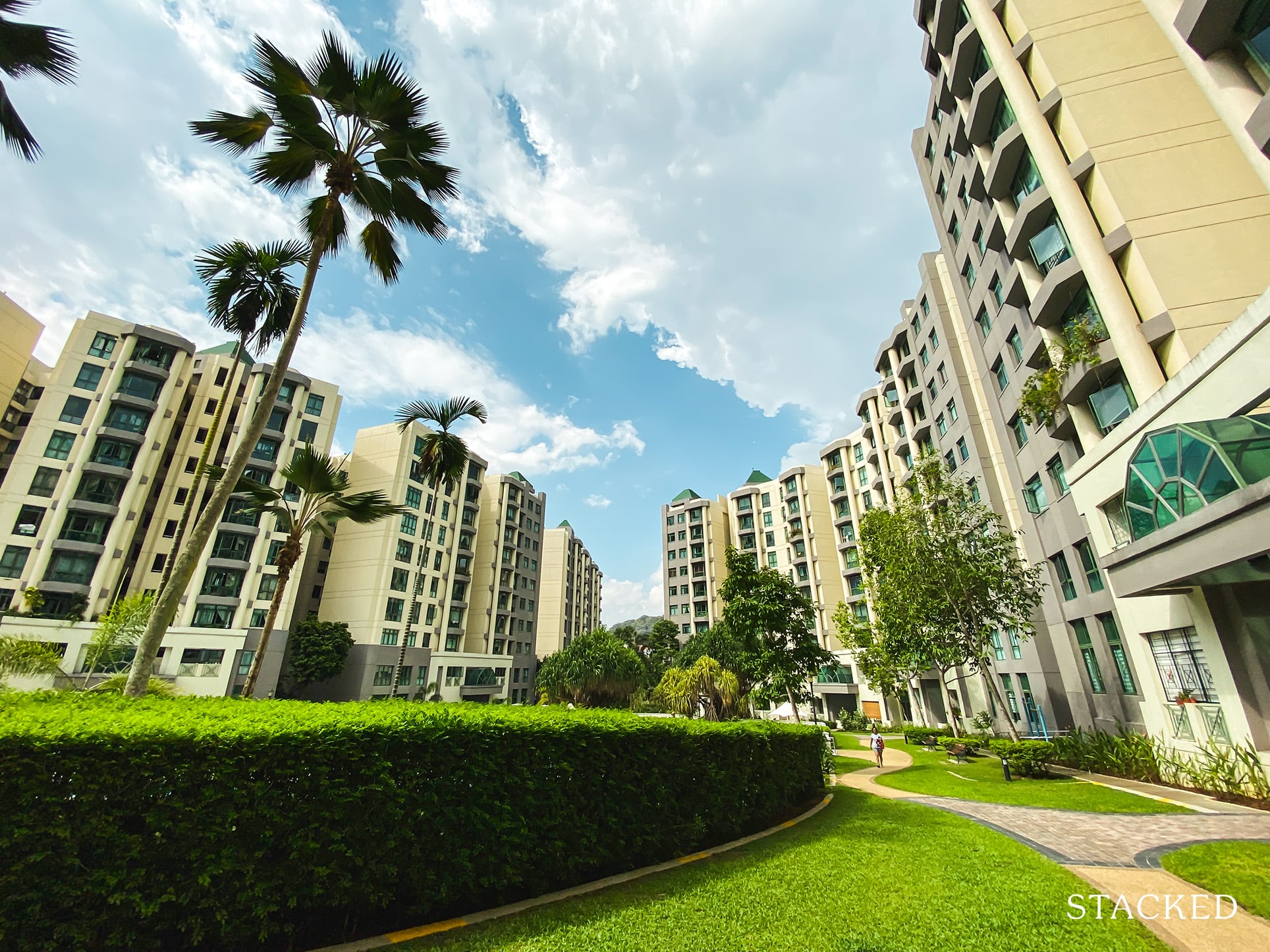
Property Investment Insights These Resale Condos In Singapore Were The Top Performers In 2025 — And Not All Were Obvious Winners

Singapore Property News CapitaLand–UOL’s $1.5 Billion Hougang Central Bid May Put Future Prices Above $2,500 PSF
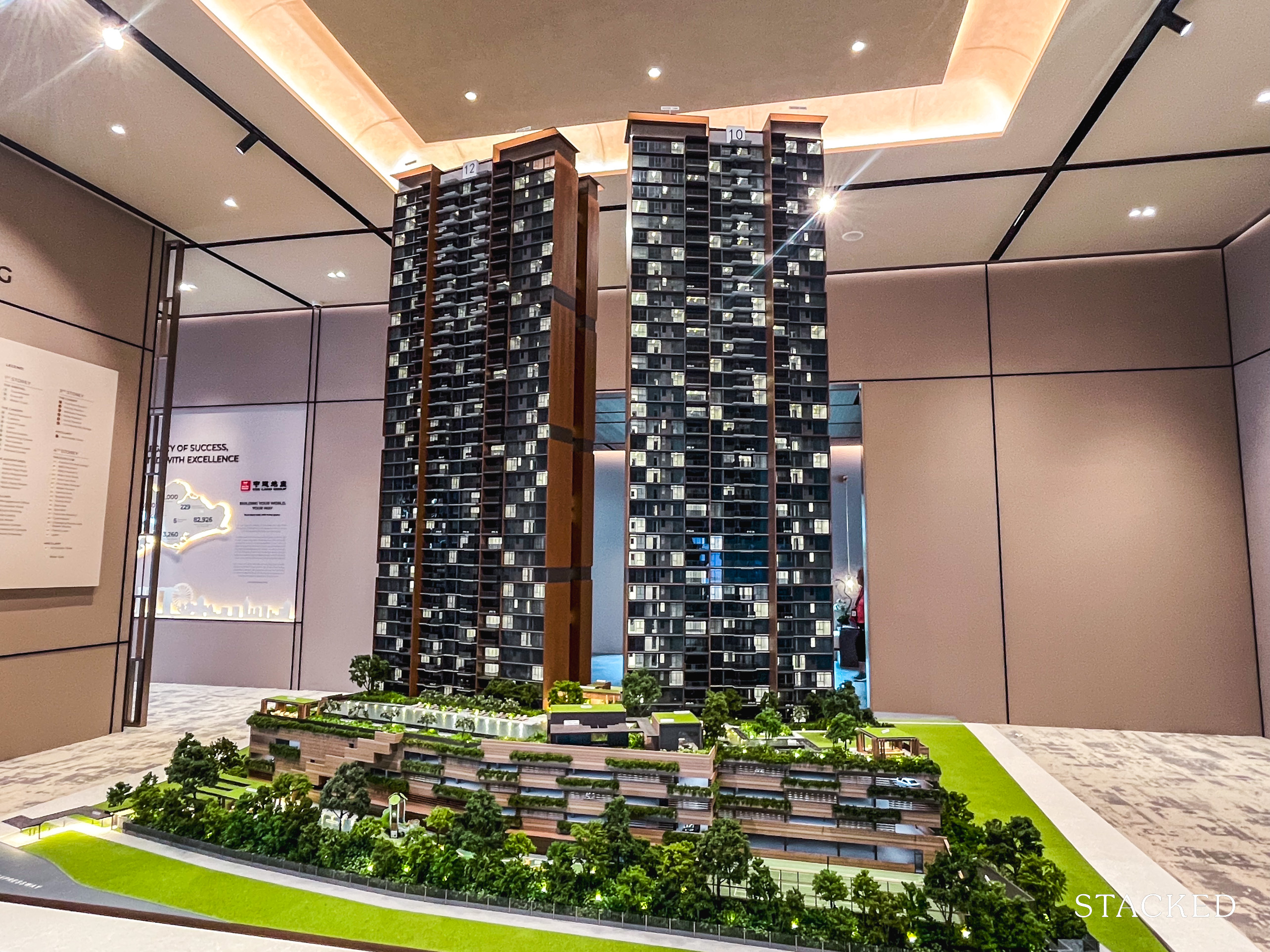
Singapore Property News Why New Condo Sales Fell 87% In November (And Why It’s Not a Red Flag)

Pro How A 944-Unit Mega-Condo In Pasir Ris Ended Up Beating The Market
